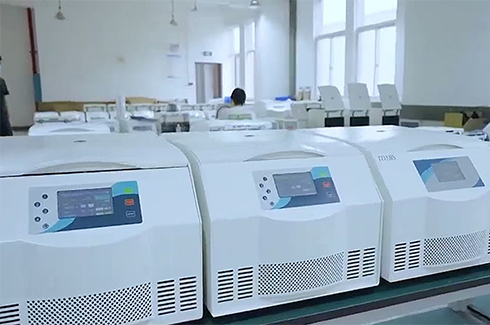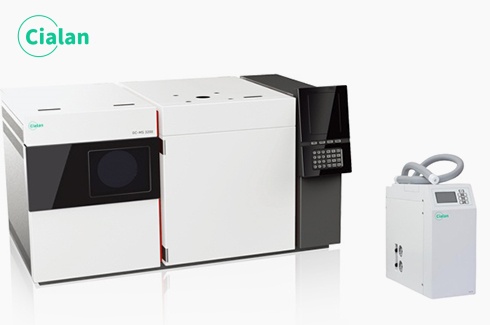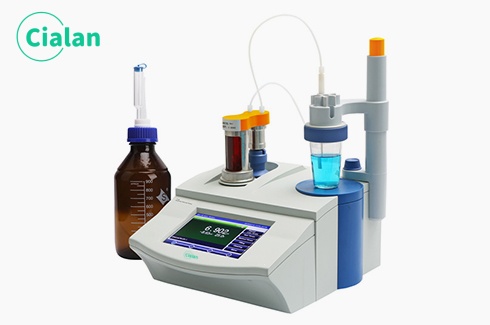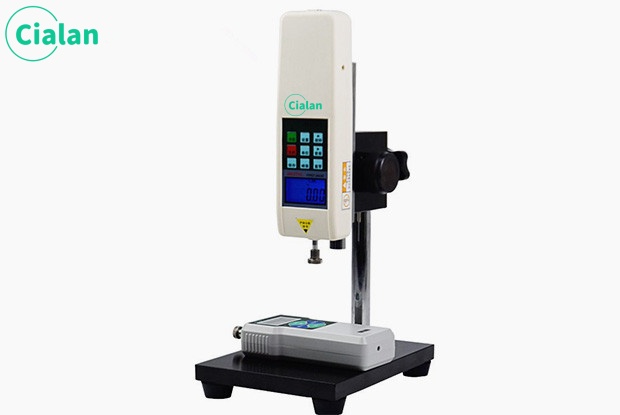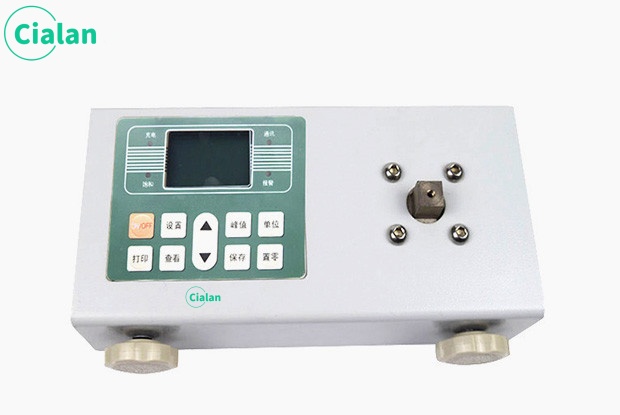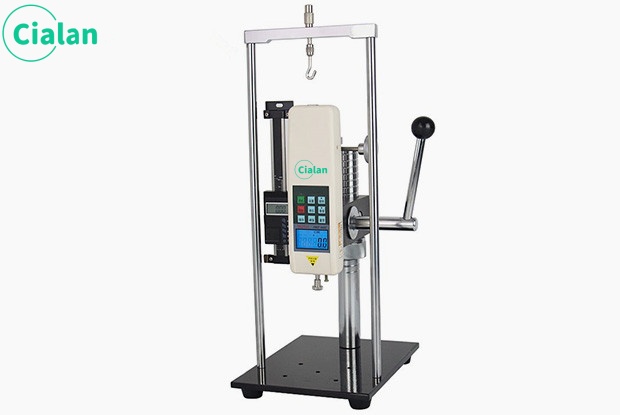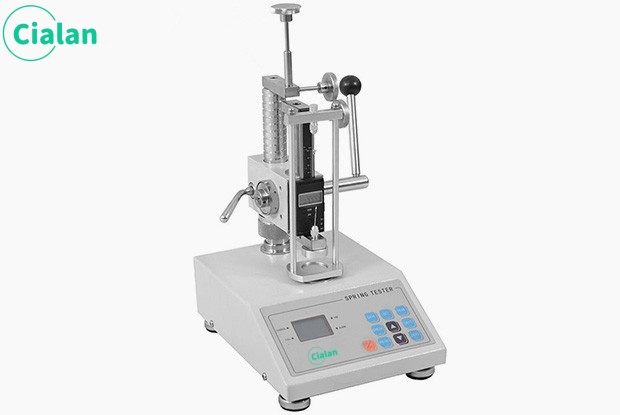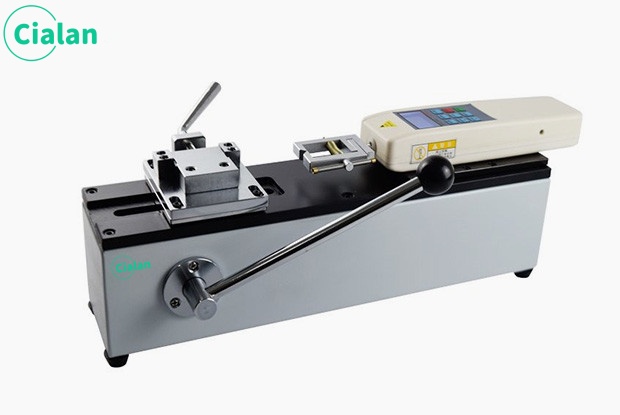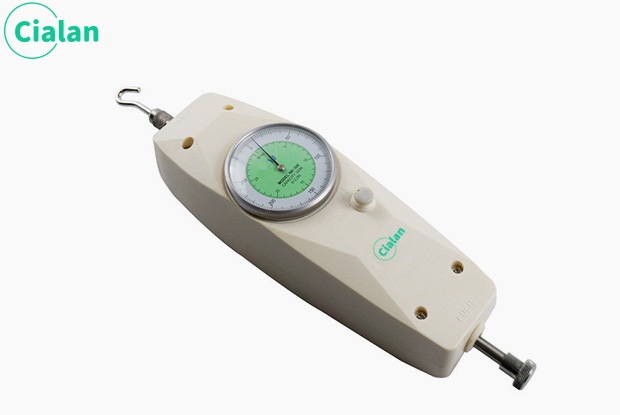How do you test a button tension?
1. Introduction to button tensile tester:
Button tester can be equipped with NK and HF push-pull force gauges and special fixtures, which are specially used to measure the buckling force of buttons or the destructive force when they are separated from clothing. Testing the fastening strength of buttons, buttons, etc. is a very important standard, especially in the design and manufacturing of baby and children's clothing. The measurement of a certain amount of force used on the button fastening trim needs to be recorded with a force instrument.
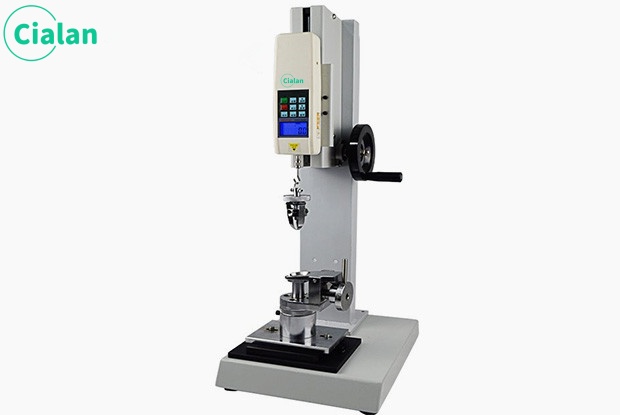
2. Purpose of button tensile tester:
The test purpose of the ABQ button tester is to define the responsibilities of garment manufacturers to ensure that buttons, buttons and fasteners can be properly fixed on garments to prevent buttons, etc. from detaching from garments, causing the risk of babies swallowing them. Therefore, all buttons, buttons and fixed decorative parts on garments (which can be placed entirely into a small object measuring device) must be tested by a button tester.
3. Meaning and function for button tensile tester:
1. The test method of this instrument is used to measure the strength of the vertical pull test on buttons and clothing, and the buttons and buttons are not pulled away from the clothing.
2. The sewing specifications of buttons required by this method should be in accordance with the standards set by the button manufacturer.
3. This test method is used to establish correlations in different wearing environments and to compare different button types and brands.
4. This standard may contain hazardous materials, operations and instruments, and the standard does not list all safety issues that may arise during use. It is therefore the responsibility of the user of a standard to establish relevant safety and health rules and to determine appropriate regulations before use.
5. All buttons need to be sewn tightly to the fabric with chain stitch.
6. According to the test requirements, when the largest button size is greater than 6mm or less than/equal to 6mm, the button must be able to withstand a pulling force of 90N and 50N respectively.
Button tester can be equipped with NK and HF push-pull force gauges and special fixtures, which are specially used to measure the buckling force of buttons or the destructive force when they are separated from clothing. Testing the fastening strength of buttons, buttons, etc. is a very important standard, especially in the design and manufacturing of baby and children's clothing. The measurement of a certain amount of force used on the button fastening trim needs to be recorded with a force instrument.

2. Purpose of button tensile tester:
The test purpose of the ABQ button tester is to define the responsibilities of garment manufacturers to ensure that buttons, buttons and fasteners can be properly fixed on garments to prevent buttons, etc. from detaching from garments, causing the risk of babies swallowing them. Therefore, all buttons, buttons and fixed decorative parts on garments (which can be placed entirely into a small object measuring device) must be tested by a button tester.
3. Meaning and function for button tensile tester:
1. The test method of this instrument is used to measure the strength of the vertical pull test on buttons and clothing, and the buttons and buttons are not pulled away from the clothing.
2. The sewing specifications of buttons required by this method should be in accordance with the standards set by the button manufacturer.
3. This test method is used to establish correlations in different wearing environments and to compare different button types and brands.
4. This standard may contain hazardous materials, operations and instruments, and the standard does not list all safety issues that may arise during use. It is therefore the responsibility of the user of a standard to establish relevant safety and health rules and to determine appropriate regulations before use.
5. All buttons need to be sewn tightly to the fabric with chain stitch.
6. According to the test requirements, when the largest button size is greater than 6mm or less than/equal to 6mm, the button must be able to withstand a pulling force of 90N and 50N respectively.


